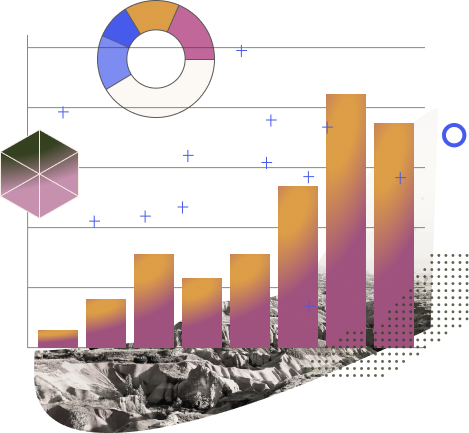Business Efficiency, Benchmarking, And Getting To The Bottom Line
Business Efficiency
Your income statement, also known as a profit and loss statement, or P&L, is a summary of all sales and expenses you’ve had over a given period of time. It is one of the three financial statements and it’s generally used to understand how efficient your business is at providing the goods or services that it sells.
What do I mean by efficient? Just like people, some businesses are more efficient at tasks than others. Think of the business as the sum of all the tasks that have to occur for that business to exist.
Someone needs to sweep the floors and someone needs to make sure the website is loading quickly. There are hundreds of tasks in a small business and millions of them in large enterprises.
But that’s not the only measure of efficiency. For example, while it’s a weird paradigm, how efficient a business is at positioning it’s brand as “premium” or unique affects it’s pricing power.
Again, the results of all these tasks end up being reflected in the Income Statement and we can see how efficient the business is at performing all these “tasks”.
Benchmarking
Before we dive into what this looks like, I’d like to touch on the concept of “benchmarking”. When anyone tells you something is efficient, your first question should be, “Compared to what?” Benchmarking is the process of comparing the performance of a business against other SIMILAR businesses. It’s not useful to compare the efficiency of a steel mill against a consulting firm. The businesses are too different. It’s better to compare a steel mill against all other steel mills.
Now that we’ve covered the high level, watch the next video, Part I: How to read your income statement – The Bottom Line – Link to Video – Links to Video which is on our blog with the embedded video.
Getting To The Bottom Line
Your income statement shows all the sales you generated in a given time, then shows you all of the costs associated with creating those sales, then shows you all the expenses associated with the overall business (often called overhead), and shows you how much is left over after all those costs and expenses.
That number is referred to as Net Operating Profit, AKA, how much profit you generated from operating that business over that given period of time. But there are other expenses that a business incurs that we need to take into account.
These can be bucketed into non normal income and expenses, financing expenses, and depreciation. Let me explain:
Non normal income and expenses are usually one time, non recurring sources of cash or expense that occur during that given period of time. If you sell some land your business owns, that will most likely generate some cash (income) or if you sell it at a loss, an expense. But you’re not doing that all the time (unless you’re in RE), so we need to show how that affects the profitability of the business in the period, but we want it to be clear to someone reading the income statement that it isn’t a normally occurring thing. So we show that in OTHER INCOME/EXPENSES, below our OPERATING PROFIT.
The second bucket is financing expenses: This is the cost associated with any loans or debt we have taken on at the business. One interesting thing to note is that in our Income Statement, we will keep track of the “Interest Expense”, meaning the interest we pay on any debt, but NOT the principal payment. SIDE NOTE: this also applies to homeowners. Your mortgage company will separate out the interest payment and the principal payment in your loan to show you the interest portion you paid. As a homeowner, you get to deduct your INTEREST expense from your taxes, but not the principal paid. The same goes with businesses.
The third bucket is depreciation. Depreciation is the idea that you are going to buy some equipment and while the equipment is an expense, the equipment will be used over multiple periods of time. So it’s not accurate to say that the business incurred ALL of that expense in that period if it’s going to be used for a while. Think of a computer. It cost you 2k, but you’ll use it for 5 years. A more accurate way to look at that expense is to break it up over 5 years, or 400 per year.
Phew – At the bottom of the Income statement, once we have subtracted out non normal expenses, added in non normal income, subtracted our financing expenses, and subtracted the portion of our equipment that has depreciated, we are left with Pre Tax Income. This is often referred to as the bottom line.

